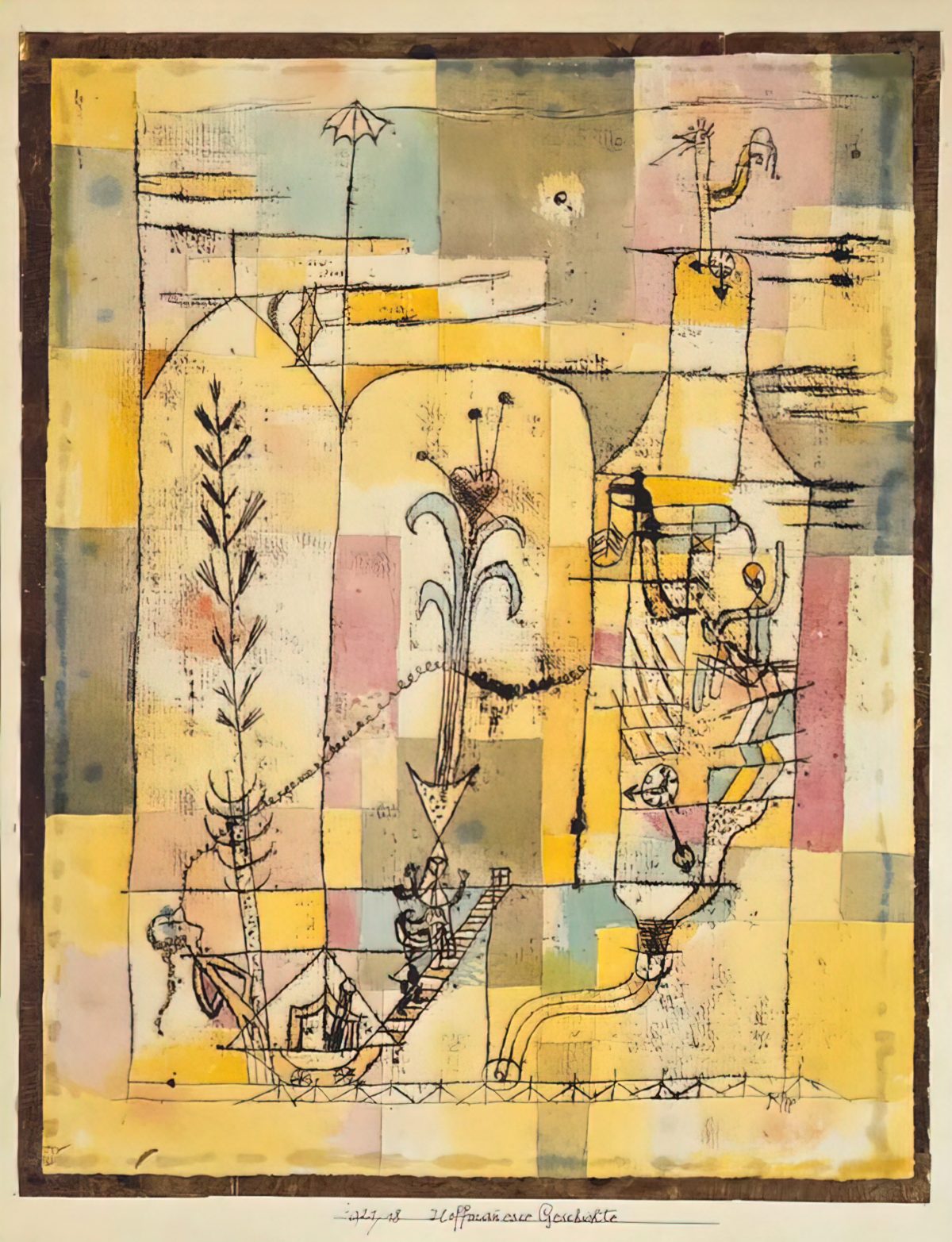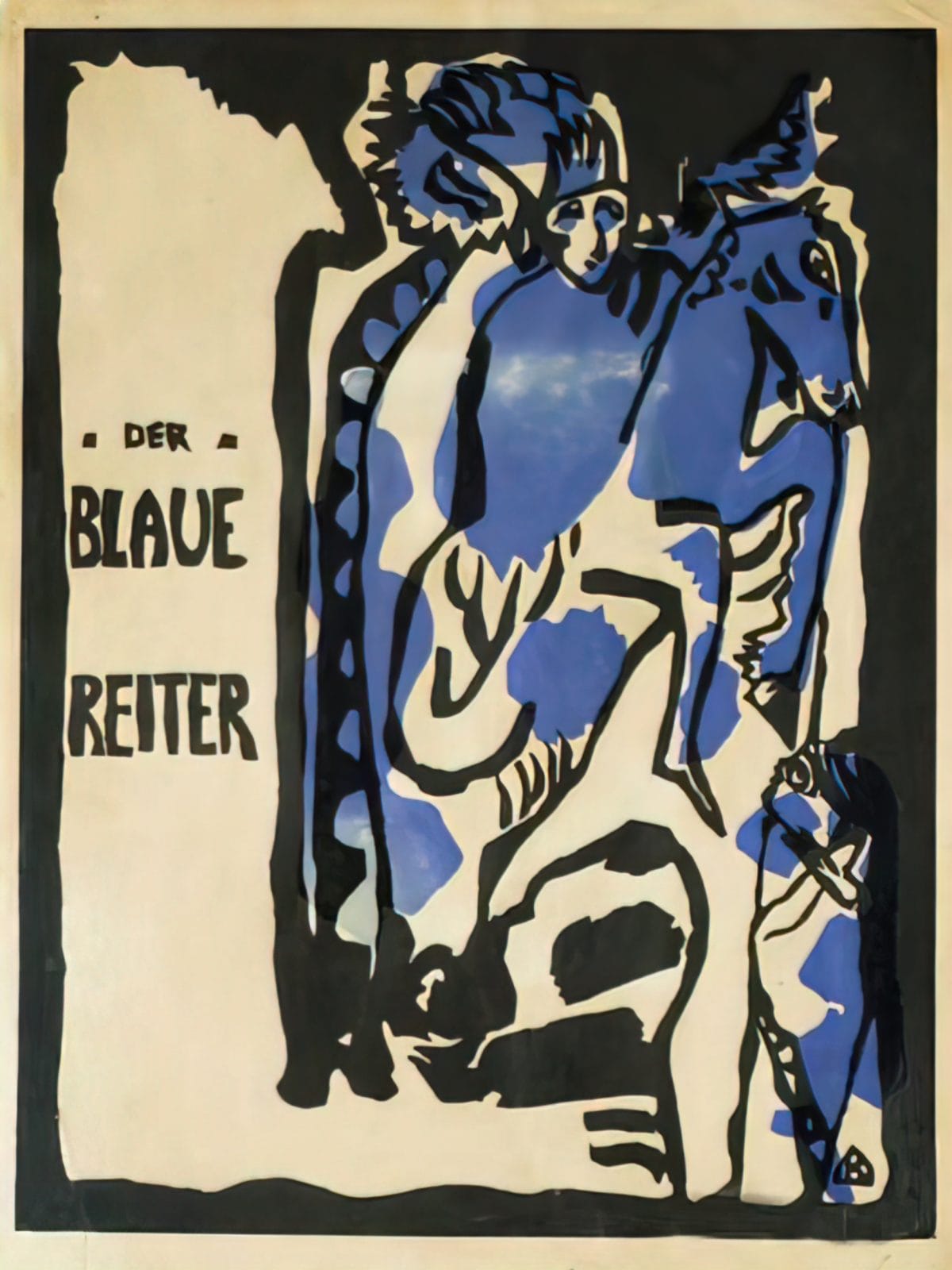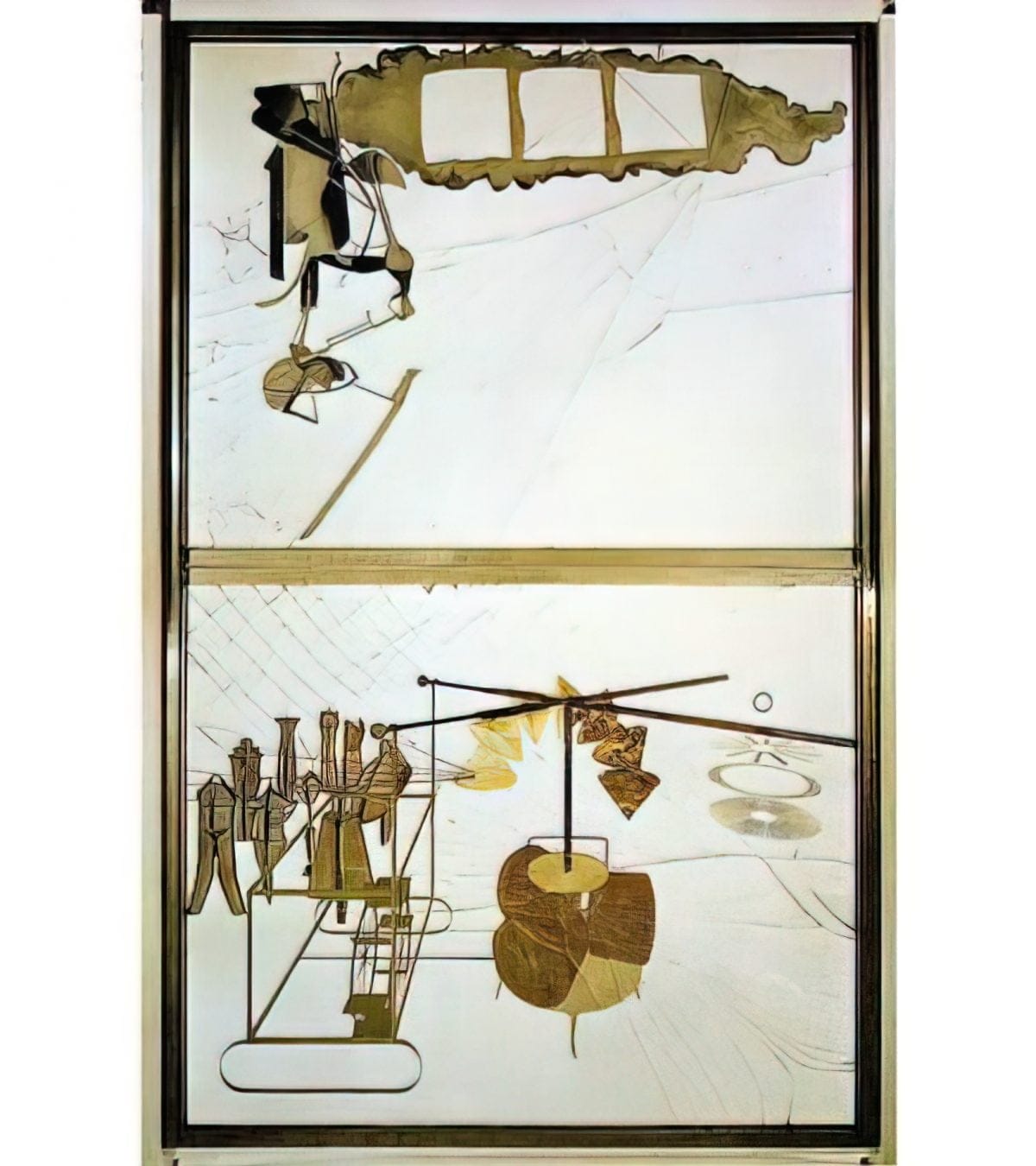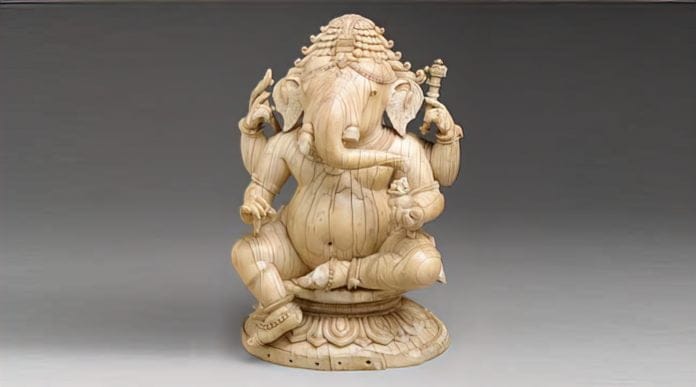These two disciplines used to be inextricably connected … artists were theologians, students of God who sought to convey his beauty and truth using material means. ~ Victoria Emily Jones
Throughout history, the arts in all their forms have mirrored cultural change and even injected prophetic voices into our theological understanding. ~ The Fuller Theological Seminary
These two esoteric descriptions are narrow in focus. They only look at their own cultural theology – and theology is cultural which is why every tribe has their own. But in the wider context of deist belief systems, the arts have a crucial role. Without artists, religions would not exist as we have them and barely have any influence at all for the shared symbolic order of a nation is predominantly conveyed in the visual experience, not the written philosophical. For being creations of the imagination religions thrive upon the images they implant in the brain. So firmly are theologies part of our thinking in the arts that hand prints on cave walls, tens of thousands of years old, are considered by anthropologists who cannot know, to be something to do with secretive belief because they are in parts of caves difficult to access and would have only been made with artificial light. When they are not of the animals hunted by the troglodytes, they must have another, mystical significance. They cannot simply be a pastime. They could never be conceived of as hobby. They aren’t there because during storms the inhabitants wanted to get away from the cold. No, they have to be religious.
Mystery, religion and art naturally go hand-in-hand. Art expounds upon some essence in ourselves and in the human experience. This is the default value we place upon it and why we give culture in primacy of place among human accomplishments.
So wondrous is the tie between religions and art they can make whole peoples do amazing if somewhat odd things – look at Easter Island where an entire society was dedicated to a singular purpose. The dedication needed to produce works of art, the concentration and hours of learning to model beauty out of minerals, is enhanced ten-fold by the devotion inspired through the belief in a greater power and an after-life. Add to that devotion, the status given to those most skilled in the quality of their work by the general population, and eventually by those with power and wealth, and you have art history. The artist, the artwork, the mission, the wealthy political elite. These elements have ruled the art world for centuries and not just the western world. This marriage of skill, the visual image and the message of religion is intrinsically part of the human experience.
Artists have had to learn and relearn a lot over the generations. From the clay fired household gods of Rome or the achievement of the temple to Athena in Athens, The Parthenon, or the temples on high mountains in China and the beautiful forms of India’s multiplicity of images of the one god, people’s imaginations have worked in a frenzy to bring beliefs out of the imagination and into the light. We would have no Renaissance if it were not for this, most art would not exist, be it of gods, heavens, mythical beasts, decorations of religious buildings, devotional images or icons. From illuminated manuscripts to coins, from statues to abbeys, from frescoes to jewelry, without religious belief that art would not exist and, without art, no religions could function in the global imagination with the ease with which they have: for the visual image is a seducer and beauty its preferred tool. Take the aesthetics of images out of religions and you are left with storytelling, which when done well by actors, is its own form of imagery. As works of art it impresses, brings to life, startles, affirms and empathises with the pre-existing faith.

Department: Modern Art
Culture/Period/Location:
HB/TOA Date Code:
Working Date: 1921
photographed by mma in 1984/86, transparency 1RD
scanned by film & media 6/10/04 (phc)
Paul Klee, Tale à la Hoffmann, Watercolor, graphite, and transferred printing ink on paper bordered with metallic foil, mounted on cardboard, 1921
In all probability, there is not a single one of the gods humanity has invented that has not been realised in art. Even the pedestal in Athens which Paul of Tarsus noted was to the ‘unknown god’ covers the possibility of having missed one. We dig up the artifacts of older cultures only to find gods of clay, in clay and on clay, wood and stone and eventually precious metals. It seems to be the structural expression of one’s creative self to call forth in some medium, one’s belief in divinity.
As the Italian Renaissance progressed, Western culture began to change drastically, allowing for a certain type of secular art to emerge. Artists and scholars were inspired to go back to the roots of the classical Greek and Roman societies as a means of influencing a new culture. As the new idea of humanism became prevalent, giving rise to a more secular society, this caused a shift away from a traditional one in which the Church was dominant. Reflecting this new society and its mores, early secular painting was crucial to the development of modern ideas of art. Thus, the emergence of the modern Western artwork is sometimes cast as a slow process of secularization, with the devotional charge of images giving way in the fifteenth and sixteenth centuries to a focus on the beauty and innovation of the artwork itself. ~ Elena Martinique
This is true to a point except that Roman and Greek styles always tried to theologise their secular leaders, just as Romans demanded emperors be worshipped. A creed that was readily taken up in the Divine Right of Kings – a theory still with us in the United Kingdom in the twenty-first century. But this old version of art was going to break down after the invention of photography and the introduction of psychoanalysis, into many parts. Herbert Read noted in A Concise History of Modern Painters, “The old language of art was no longer adequate for human consciousness: a new language of art was to be established, syllable by syllable, image by image, until art could once more be a social as well as an individual necessity.”
The New Gods
Kandinsky in Concerning the Spiritual in Art (1912) thinks every great work of art has the spiritual in it irrespective of its holy or profane general character. This is, he thinks, because of the deep emotions at play in the creation of an art object. Franz Marc’s work is all about emotion as colour. Rothko as quoted by Crichton Miller in At The Altar, says:
I’m interested only in expressing basic human emotions: tragedy, ecstasy, doom, and so on, and the fact that a lot of people break down and cry when confronted with my pictures shows that I communicate those basic human emotions…. The people who weep before my pictures are having the same religious experience I had when I painted them. And if you, as you say, are moved only by their color relationships, then you miss the point!
Gerhard Richter, that perfect agnostic, wrote:
Art is not a substitute religion: it is a religion (in the true sense of the word: ‘binding back’, ‘binding’ to the unknowable, transcending reason, transcendent being). But the church is no longer adequate as a means of affording experience of the transcendental, and of making religion real – and so art has been transformed from a means into the sole provider of religion: which means religion itself.
So artists in the modern sense are aware that theology has not gone anywhere in art, even though religion has vanished. How is this possible?
In the contemporary scene we have artists – many of whom may have a faith – using art to say whatever they think they want to say. A disparate, many faced, art world that has the piss-Christ, the female Jesus, the paedophile Mohammed, the historical religious figures rather than the mythological ones and makes them what they are. Flawed people.
The patronage of Popes is still around but does not dictate as much as it used to outside the church. Catholic aristocrats along with all the rest, still buy contemporary art mostly for the wholly secular purposes of profit.
After the Reformation the Protestant challenge to the Catholic church resulted in a continuation of challenges to orthodoxy down the centuries and the proliferation of churches within the Christian community. The proliferation of new ideas and the expansion of knowledge and materials led to the explosion of concepts that defined art history up to the 1950s. Every new invention became a new way of explaining how humans ‘worked’. From clockwork mechanics to computer electronics we proliferate in analogies to describe who we are, now we are no longer god’s creation. What we are is an animal structured by an unconscious as well as a conscious mind. Just as Surrealism could not have happened without Freud, so art up and through Jackson Pollack could not have happened without Surrealism and its debt to Dada. The links are as inescapable as the artists are captured by their time of living. Like Patrick Heron in a time when artists were supposed to write as well as paint and sculpt, who says in the Changing Forms of Art, that Braque “… serves to remind a contemporary audience, fed to anxiety on brilliant innovation, frenzied novelty and every variety of spontaneous expression, that, after all, permanence, grandeur, deliberation, lucidity and calm are paramount virtues of the art of painting.” Kandinsky was immediately aware of the dangers which lay ahead, and to which much non-objective art was indeed to succumb — the danger of allowing painting to become “mere geometric decoration, something like a necktie or a carpet”.

Wassily Kandinsky, cover of Der Blaue Reiter almanac, 1912
The new theology places us on a rock hurtling through space with no divine interventions, a miracle of chance on a cosmic scale with no set purpose for souls, or understanding of place, except as a part of a cosmos that is best delineated by the logic of astrophysics. Adam is reaching for god in Michelangelo’s universe, but in ours the Nude Descends the Staircase like a Dada missionary bringing humanity a vision of itself that cannot be witnessed in the real, four dimensional word of our five senses. The ecstatic altar pieces depicting biblical scenes have given way to graffiti summoning up the demons of the dispossessed and suffering. Stain glass has been broken by women taking their intellectual places in the study of art and bibles, themselves having been replaced by grant applications, filled to the brim with political ethics redesigning and defining the culture. Religions imposed order through guesswork; today theorising imposes itself upon the artist as an alternative to skill, and the breaking down of that skill into its component parts – ideas of form, perspective, dimensionality, colour – is the single achievement of conceptualism. Not often expressive of a profound emotion or spiritual experience.
The centre of gravity of the artist has not changed. To create stuff for others to see. But the subject matter of the modern theology, though varied, is just as keenly worshipped. To call it liberalism is too broad a definition to be of use; to call it celebrity is hardly to differentiate it from the past, for every Pope and Monarch was a celebrity; to call it economics is too trite. These all play a part in the present theology, but they are not expressing the chaos the artist finds in trying to define their understanding of the human experience, for we no longer know why we are experiencing it or even if it is reality. We know it is not god’s will. We are creatures who make machines; we are creatures who manipulate the natural world; we make laws to enable us to harmonise societies; we are thinkers, pragmatists and dreamers.
And it doesn’t matter if this doesn’t describe all of us. We demand in this chaos a certain degree of conformity. And, like all theologies, the modern artist has to understand the ‘common prayer’ of grants forms and genuflect before the right people in positions of influence.
But the present theology cannot give up on making humanity central to the purpose of society. We can do away with god in our art, but we cannot entirely replace god with the machine because well drawn machines look kitsch. Academic painting has never gotten to grips with machinery. And giving up on figurative works, as Greenberg would have us do, only leads us to the profound observation of Adorno “A painter paints a painting not what it represents.”
Art becomes its own theology, whose core subject is itself. We can see people modelling nudes, but they are no longer interested in the nude but in the nude as something in flux… give it the name of your preferred art movement. Contemporary artists take on the status of past artists, with the clothes of modern celebrity and with a new universal belief: everything is art. It is not their work that matters, but their status and through their status, their intentions as artists informs our culture. But as we all become artists we are still asked to hold some people up as higher practitioners. As the world becomes an endless visual experience we are still asked to visit galleries to see “what’s going on”.
What art has taken from faith is the longing, shared by us all, to feel good. To walk around a gallery and come out as if having said prayers. To see poor people ‘doing’ art and helping us feel charitable. To call murals on hovels beautiful. To take art into schools and ‘feel’ absolution. Then to affirm one is giving art to the people. Being confirmed into the financial agenda of government. For everything in capitalism costs money – even theologies.
Theologies of the past always relied upon the emotional responses of the congregation more than the story. If only one story mattered we would only have one, but emotions can be triggered by the theme, and the themes of all the stories of religions down the ages have not varied much. Justice, rightness, goodness, badness. Redemption and judgment, hubris and nemesis. These are no longer the work of the artist. The present theology thinks art is its own judge, its own religion, and the liberal attitudes it now represents are painted upon the artist, not the canvas. They said painting was dead. But like all gods it was resurrected. And today artists are more interesting as flawed people than for what they make.
We now worship culture not as a series of objects left to us by particular tribes, not as a statement of who we are for all time, but as a stock in the market place. A tourist trade. Any wall will do because there are no judgments to be made. And rather like the believer who feels nothing they pray for is ever granted, more and more people realise liberalising the arts has not made us all artists. Has not even made us all creative. That theology has no saints, only a shared sinfulness of no one being brave enough to write a manifesto and put their name to it. For as Klee said, ‘we have found the parts but not the whole.’ None dare to fix an idea in this chaos because that would end one’s career.
The relics of twentieth century art were not made by saints. Following in their footsteps does not endow the acolyte with talent. In making art into a theology and the artist their own judge, we have made the art world a schoolroom and every artist has the right to remain a child. You can shit in a tin, pull wool from your vagina, be politically aligned to liberalism, cry on queue and reel off prepared scripts about diversity and inclusivity and you will do well. Because, as in all ages, artists and what they create cannot escape the politics of their age. Cannot escape the need of humanity to create society even though we are still learning how to do it well. And for the first time in our history we now allow politically motivated, tax payer funded and circumscribed agencies to govern our art. Criticise the policies that have brought us to a resurgence of fascism across the western world and like Lorca, you may as well be symbolically dragged out and shot. You will be ignored. Your voice is not conducive to happiness. The only way to be happy in this world is to blind yourself to the tragedy all around you. There is no other way. And never admit that the corruption of the artist by market economics is the leading reason for the tragedy. For the voice of the modern artist is not singular but one of a crowd. Utterly lost in the cacophony of trade by all means.
The Goddess to Come, Writes
So artists are blinded by the process of being artists in today’s society. Their suffering is not the deprivation of past generations but the frustrations of being ignored in an art-stuffed culture. Art is everywhere but it is not all that good most of the time. It is not good because the reason it is being made is not to expound on a principle or to restructure a point of artistic thought. It is the self-indulgent excrement of an indulged society obsequious to capitalism. It does the same thing with new materials and becomes innovative. It looks at human experience as a series of points to be endlessly expounded upon without ever drawing a conclusion. It doesn’t seek conclusions – it only seeks buyers.
 Marcel Duchamp, The Bride Stripped Bare by Her Bachelors, Even (The Large Glass), 1915-1923
Marcel Duchamp, The Bride Stripped Bare by Her Bachelors, Even (The Large Glass), 1915-1923
Art is like philosophy, it needs to think about something in order to communicate with people. There is far too much navel gazing going and when many artists do think about the refugees, poverty, homelessness, war – they are doing so within the preconceived expectations of galleries and granting agencies. They either have to sell their work or make it fit the criteria for a grant. So forty years of work has led us out of the 1970s right back into nationalism, bigotry on the streets, provincialism and underpinned our feelings of exclusivity. Artists have made no advances.
They swapped one religion for another of a vain and wealthy class who bought and sold art. The market-place overtook the thinkers and the artists, and while they dallied in their preserve of wisdom and history, young artists took over the world with their version of themselves. The present theology has bankrupted the art world the same way the Academies did. The present theology has no more right to define art than the Academies did and it is dying on its feet just as the Academies did.
The new theology that gets us to a place of thinking has to recapture critical thinking across the board in the age of women. No more meek acceptance that the new is everything. No more denial of skill as a loser’s argument. Take any artist you wish to, and if you can find work they did at five years old and that they did at twenty you will see a difference. Even if at twenty they try to recapture the five-year old. That difference is called development. It doesn’t stop. Not for one day in a lifetime. If you see no development in the thinking, then you are looking at someone who has given up being an artist to become a parody of themselves.
But there is one vital component to the new theology, outside of the skill, the understanding of art history and the search for a purity that defines the human being within the living universe.
It is the rekindle the bravery of a human being with a small candle crawling through a cave with barely room to expand their chest to inhale, without knowing what was on the other side or even if there was another side. It is the take those steps everyone tells them cannot be taken. To reach out and make a hand print in victory at having made the journey.
The new theology must go in uncharted waters. Not go where the arts council goes, not listen to the broken and bought art teachers, not seek the ‘bubbling reputation’, not be servile to political will and not dance for the public pleasure.
We are all dancing on a planet doomed to be destroyed. Everything we create will become dust. We will go into the future with holograms, if we have them, in which we can witness dead artists at work creating the works we enjoy. We will smell the ingredients and touch the tools they made, and in some fancy games we will become them and have our hands manipulated by computers to make us Da Vinci, Picasso, Klee, Giacometti or whomever. We will be all artists in a very virtual sense. We will not need galleries or museums, what we will need and do need now, is a personal education as unlimited and unrestricted as artists down the ages have worked for. A freedom of the mind that does not look for money nor expect resolution but finds completeness in the journey, (and the writing about it) itself.
It we are all artists let’s all be real ones.
Top image: Seated Ganesha, Date: 14th–15th century, Culture: India (Orissa), Medium: Ivory, Dimensions: H. 7 1/4 in. (18.4 cm), Classification: Sculpture, Collection of The Metropolitan Museum of Art, New York
